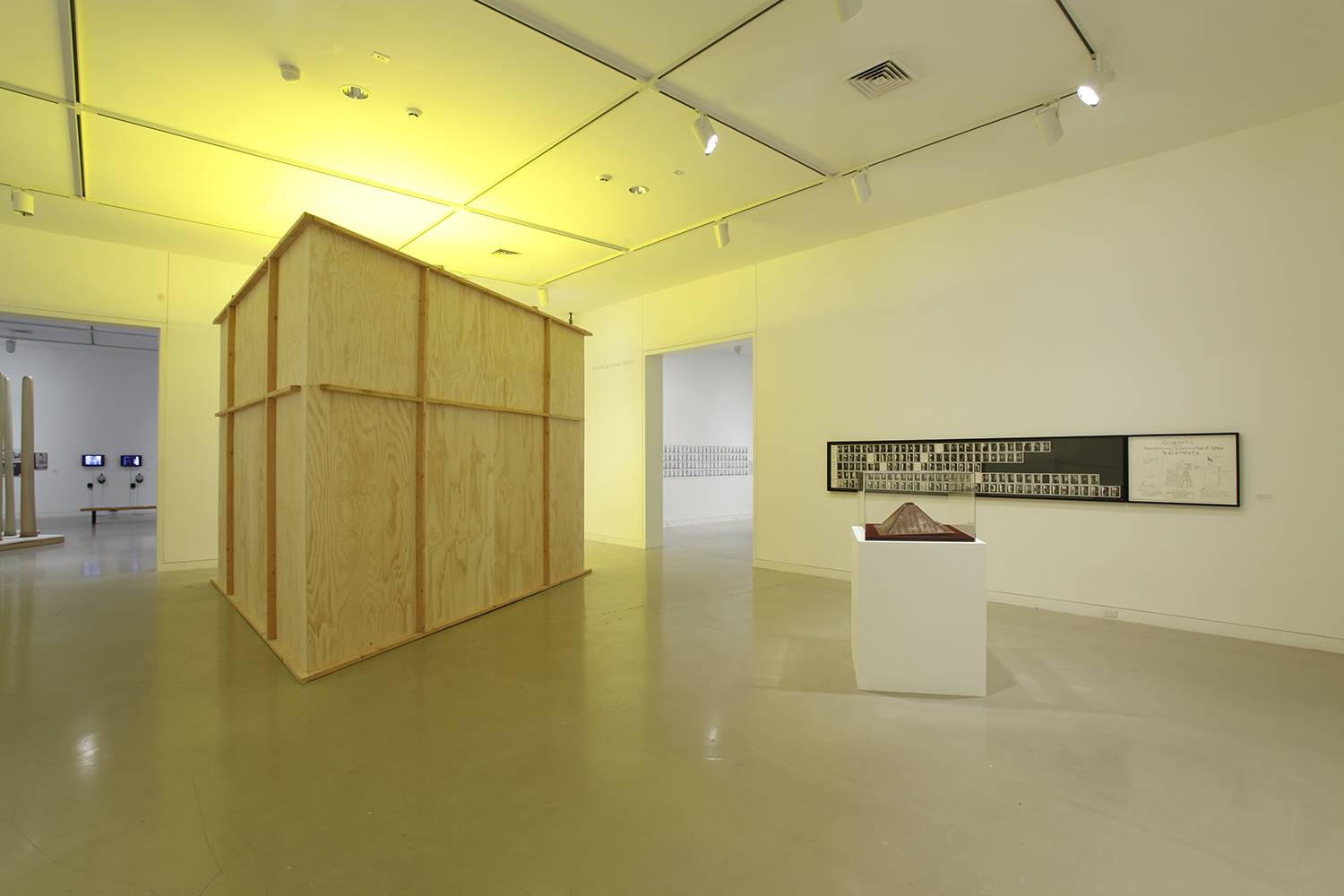State of Mind: New Art from California Circa 1970

State of Mind: New California Art Circa 1970 Opening Day Panel Discussion, Orange County Museum of Art
State of Mind: New Art from California Circa 1970
October 9, 2011 — January 22, 2012
Orange County Museum of Art
State of Mind: New Art from California Circa 1970 is a deep investigation of the development of California’s conceptual and related avant-garde activities in late 1960s and early 1970s. While these new forms emerged concurrently with those in other parts of the world, they still remain lesser known than their East Coast and European counterparts. The goal of this project was to identify and investigate California’s significant contributions in the new genres of video, performance, sound art, and installation. During this short but intense period, these new practices developed concurrently throughout Northern and Southern California and this was the first exhibition to also focus on the specific critical interchange between artists living in both parts of the state. State of Mind featured works by 60 artists and collectives, some of whom are now internationally known and others who are less recognized but merit further attention. Many works have rarely been shown or have been recently discovered and culled from the artists’ own archives. Organized thematically, the exhibition assembled artists whose works are not usually seen together to underscore their interests in related subjects and to gain a fresh perspective on the critical development of Conceptualism and new genres. The artists who came to California at this time were, like many other transplants, attracted by its beauty, climate, and relative ease of living, but more importantly, the state was emerging as an incubator for social change and a youth-oriented counterculture. These were strong incentives for experimental artists seeking alternatives to established modes of art making. California’s art schools, universities, and artist-run spaces provided new exhibition opportunities and created a community that fostered an exchange of radical forms and ideas. Additionally, the relative distance from the New York art press, commercial galleries, and museums gave artists greater freedom to experiment. At this time the art object was deemphasized in favor of the idea and the process that went into its making as artists devised new genres: text-based works, video, sound, performance, installations, mail art, and books. No longer bound by practical considerations of scale, materials, or salability, they often made ephemeral works outside the studio and documented them as the world became their stage. What distinguishes California artists of this period is their enthusiasm for experimentation as they challenged the definition of art, the role of the artist, and the academic and institutional structures of the art world. Key aspects of contemporary art practice—collectivity, ephemerality, body-oriented performance, the merging of art and life, political commentary, and social interaction—first appeared in California Conceptualism and related practices during this formative period and have continued to influence generations of younger artists for more than forty years. State of Mind publication is 320 pages with approximately 150 black and white illustrations and 75 color plates.






























